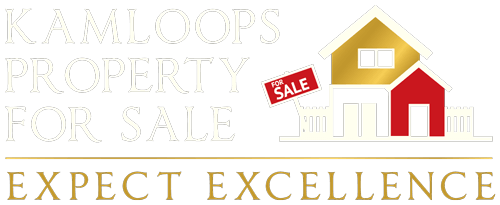Home renos: The 4 big risks of borrowing against your house to pay for it
Posted by Steve Harmer on Friday, June 2nd, 2017 at 2:10pm.
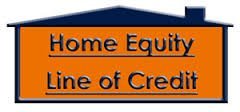 As the summer approaches, Canadians from coast to coast are getting ready to indulge in the ultimate homeowner’s pleasure: renovations. And what better way to finance that marble countertop than a home equity line of credit (HELOC)?
As the summer approaches, Canadians from coast to coast are getting ready to indulge in the ultimate homeowner’s pleasure: renovations. And what better way to finance that marble countertop than a home equity line of credit (HELOC)?
HELOCs are loans where the borrower’s equity in her or his home acts as security. And they are Canadians’ preferred financial tool to pay for large home improvement projects, for a few reasons.
First, they allow homeowners to borrow large amounts of money. Do you have $100,000 of equity in your home? You might be able to get a HELOC for close to that amount — and that should be plenty for, say, most kitchen redos.
Second, because the bank can rely on your home as a collateral, it is willing to lend you at lower rates. HELOCs currently carry an interest rate of about 3.2 per cent. That’s a tad higher than mortgage rates but considerably lower than the 5-7 per cent interest rate attached to most unsecured lines of credit.
Third, HELOCs work somewhat like credit cards: They grant you the ability to borrow up to a certain amount during a certain period of time, but you don’t have to use up all your credit — or any of it at all. This makes them ideal to pay for renovation projects that proceed in stages or to serve as emergency funds for urgent and costly home repairs.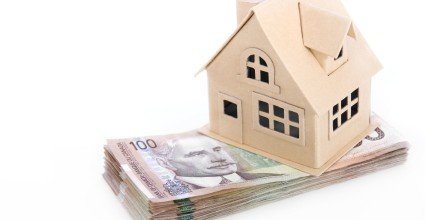
A quarter of Canadian homeowners have HELOCs, according to a 2016 report by Mortgage Professionals Canada, and fully one-third of Canadians with HELOCs use them for home renovations.
According to three financial experts consulted by Global News, HELOCs are the best way to borrow for a reno.
But there are also some significant downsides to HELOCs that many borrowers aren’t aware of:
1. Variable interest rates
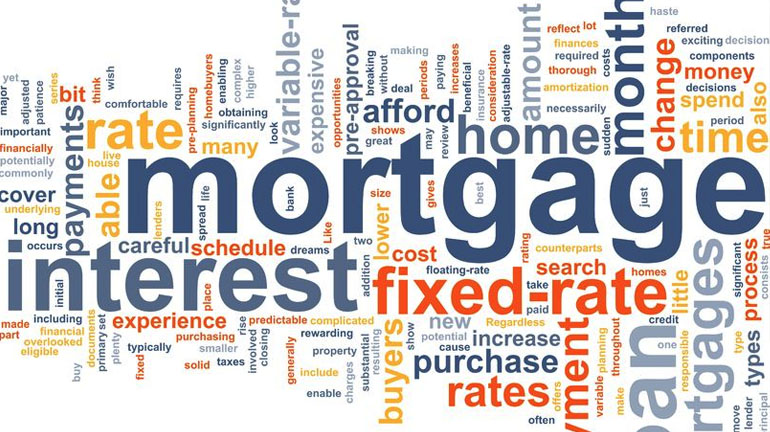 Most HELOCs have variable interest rates that are tied to the general level of interest rates in the economy. And while interest rates have been at rock bottom for the past eight years or so, they may soon start to rise.
Most HELOCs have variable interest rates that are tied to the general level of interest rates in the economy. And while interest rates have been at rock bottom for the past eight years or so, they may soon start to rise.
Most economists predict the Bank of Canada (BoC) will start hiking interest rates by 2018, as rates continue to rise in the U.S. and the health of the Canadian economy improves.
Although the BoC is widely expected to raise rates gradually, even small increments will have a significant impact on the size of debt repayments on variable-rate loans.
For example, a one percentage point increase in interest rates that bumps a HELOC rate from 3 per cent to 4 per cent means homeowners would have to pay 33 per cent more in interest on their line of credit, noted Douglas Hoyes, a licensed insolvency trustee at Ontario-based Hoyes Michalos.
An interest rate increase could prove particularly problematic for overstretched borrowers who opted for HELOCs that allow for interest-only payments.
Such products are extremely tempting for homeowners with tight cash flow in a period of record-low rates, but the debt load could become hard to manage if borrowing costs start to rise, noted Hoyes.
Homeowners looking at variable-rate HELOCs should be prepared for the fact that the interest rate on them could be 6 per cent five years from now, said Ted Rechtshaffen, president and CEO of TriDelta Financial Partners.
It may make sense to take a closer look at HELOCs that carry a fixed interest rate, said Jason Heath, a certified financial planner and managing director at Objective Financial Partners.
“Locking in a fixed interest rate now more than ever is not a bad idea,” Heath told Global News.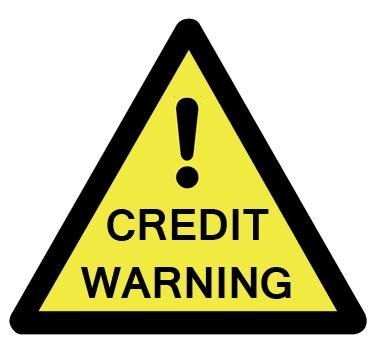
2. Beware of maxing out your HELOC
Something else homeowners should be aware of: Your home equity loan should be bigger than your home renovation costs, according to Hoyes.
If your reno runs over budget and you’ve already used up all your HELOC room, you may be forced to use much costlier debt — such as credit cards and unsecured lines of credit — to pay for the rest of the project.
Instead, Hoyes suggested, you should “plan for contingencies.” If your renovation estimate is, say, $50,000, make sure your HELOC is $75,000.
3. What happens if home prices stop rising?
If the price of your property keeps going up, HELOCs can be a seemingly unending source of free cash (cue their popularity among homeowners in Vancouver and southern Ontario).
Did the resale value of your home just rise by $100,000? Voila, that’s another $100,000 added to your home equity, which is calculated as the market value of your property minus any remaining mortgage debt. And that money represents extra room for you to borrow through a HELOC.
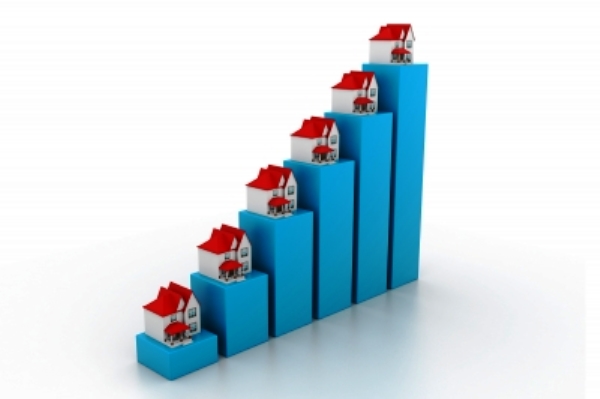 That’s why many homeowners in the country’s hottest housing markets have come to see their homes as ATMs.
That’s why many homeowners in the country’s hottest housing markets have come to see their homes as ATMs.
But if prices were to dip even slightly, many borrowers would likely run into trouble, said Hoyes.
Say, for example, that you have mortgage debt equivalent to 75 per cent of the value of the house and a HELOC on top of that. You might be left with 4-5 per cent equity in your home.
If prices dipped by that small amount, you’d suddenly find yourself with no equity at all, said Hoyes.
As long as you were able to make your debt repayments, nothing would change. But that would leave you little wiggle room to deal with financial emergencies such as a leaky roof or a job loss, Hoyes added.
In fact, having too much debt tied up in your house is a leading cause of personal bankruptcy among Ontario homeowners, according to a recent report by Hoyes Michalos.
In 2016, nine in 10 insolvent homeowners had very little equity in their homes, with the average mortgage debt amounting to 85 per cent of net realizable value of their home (which is the sale price minus any fees and costs related to the sale itself).
That’s something Canadians should keep in mind when considering whether to pile HELOC debt on top of their existing mortgage liabilities, Hoyes said.
4. Banks can generally change the terms of your HELOC
The last thing to know about HELOCs is that they are usually callable loans, meaning that the bank can, in theory, change the terms of the loans at a moment’s notice or even cancel your credit.
Financial experts disagree on just how much of a concern this should be for homeowners.
While Hoyes called this “the massive risk with HELOCs,” Rechtshaffen told Global News that “in practice, it’s extremely rare that [HELOCs] will be called.”
Still, Rechtshaffen conceded this feature could become an issue during a housing downturn that saw significant drops in home prices.
If you had an $800,000 HELOC on a $1-million home and the price of your property plunged to $750,000, would the bank trim back your HELOC?
“There is that risk,” Rechtshaffen said.
© http://globalnews.ca/news/3474202/home-renovations-helocs-risks-canada/
